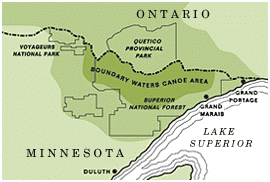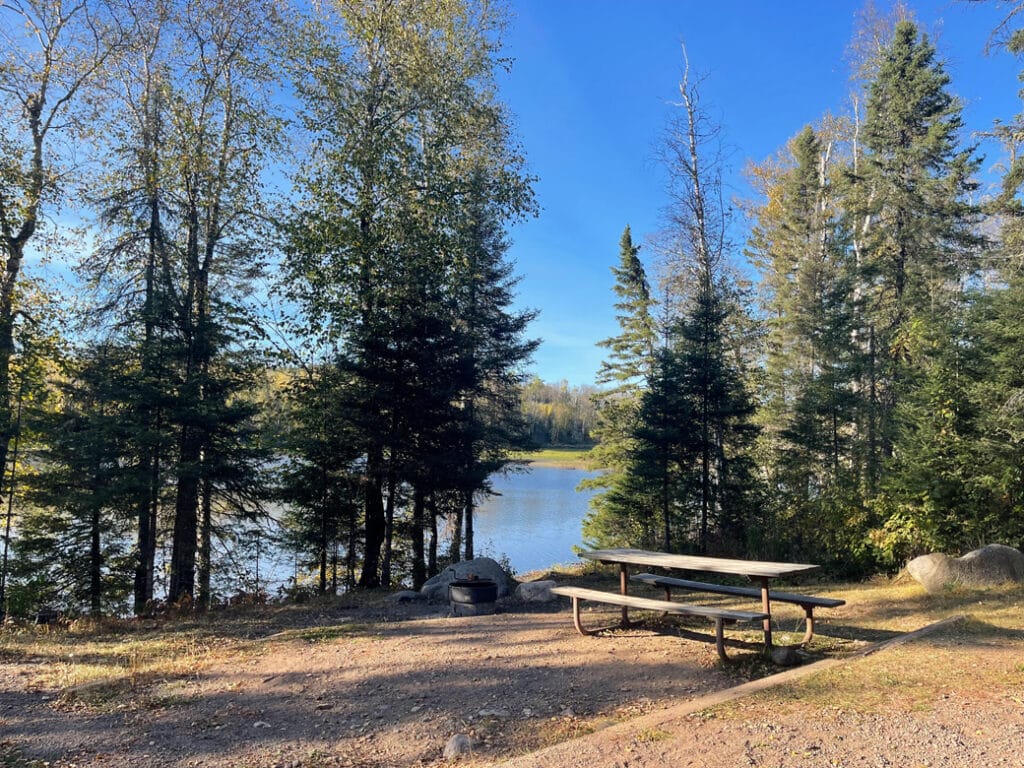
“Knock, knock,” I heard a voice say from the end of the driveway of my campsite. “Hello,” I replied, a bit apprehensively. While I enjoy getting to know my camp neighbors, it’s not common for people to come and introduce themselves, especially here in Minnesota. On top of that, it was mid-summer 2020, and human interaction was a bit more clumsy than usual.
As I made my way to the entrance of my site, an older man with a kind face approached. “I’m Mark,” he said. “Holly,” I replied with a smile. “I just wanted to introduce myself,” he continued. “My brother John and I are right next door. Do you need anything?” he asked. “Firewood, ice, water?” “I think I’m good,” I said. “I stopped on the way to load up on supplies.” “Well, let us know if you need anything,” he said. “We’re leaving in a few days and have more than enough to share.” “Thank you,” I said, “that’s very generous of you.”
“How did you find this place?” Mark asked. “It’s actually been on my camping wish list for years,” I told him. “I was supposed to be in Canada this summer, but with the borders closed, that won’t happen. And with every reservable campsite in the state booked solid, I thought this was the perfect opportunity to visit all of these first-come-first-serve sites I never had the opportunity to check out.”
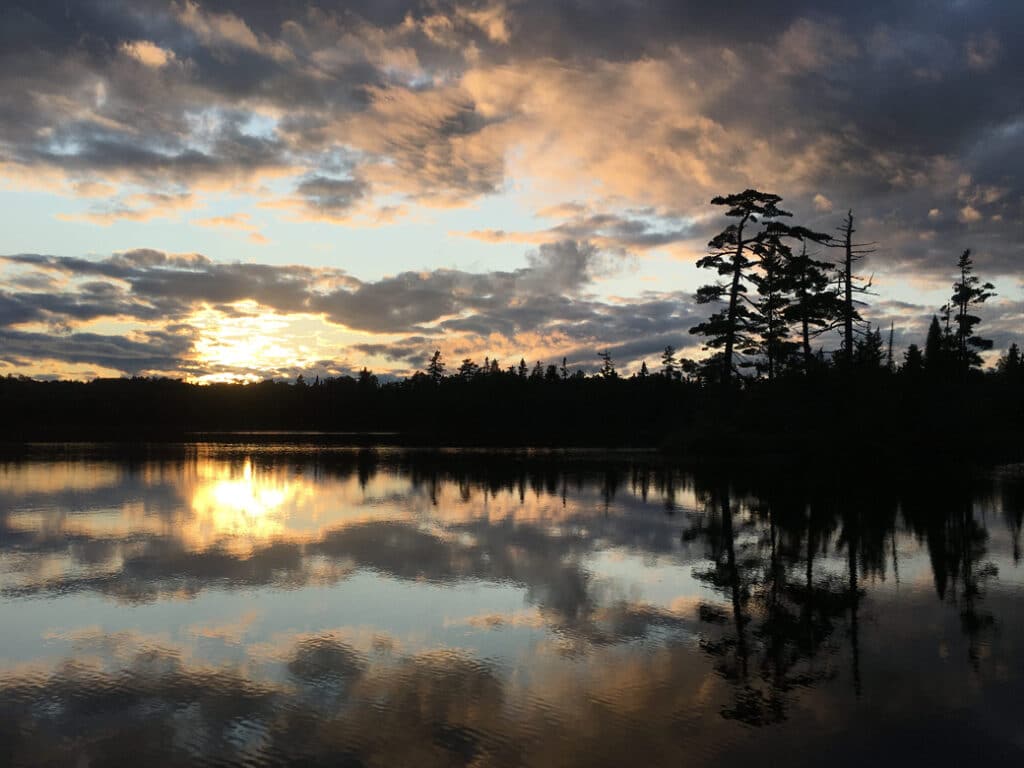
“It’s a special place,” he said. “We’ve been coming here for 10 years. It’s a great spot to get away from it all, and there’s great fishing in the area. John’s out fishing for walleye right now. If he’s lucky, we’ll have you over for a fish fry.” “That sounds great,” I replied. “Before this summer,” he continued, “we usually had the place to ourselves. But it’s been full every night this year. I guess people are looking for something to do while everything is shut down. But I suppose I should let you get back to getting set up.” “Sounds good,” I said, “and thanks for the kind gestures.”
This was my second time camping in northeast Minnesota’s State Forests, and from what I’d experienced, I was a fast fan. I’m not sure if it’s the lack of reservations and amenities, or if the general public is simply unaware they exist, but these places are some of Minnesota’s best-kept secrets. Their lack of popularity means you can often find quiet and solitude, even during the peak summer months. Then there’s the natural beauty of the lakes, rivers, and boreal forests northeast Minnesota is known for. And the price can’t be beat. At just 17 dollars per night (at the time of publication) and no reservation fees, you could enjoy a weeklong vacation for less than 120 dollars. That’s one heck of a bargain in today’s economy.
The features I love about camping in northeast Minnesota’s State Forests—no reservations, limited development, and hand-pumped wells—are not for everyone. But if you’re someone who enjoys camping in beautiful places and don’t need a lot of amenities, these campgrounds might be the perfect fit for you. Below, you will find everything you need to know about camping in Minnesota’s state forests.
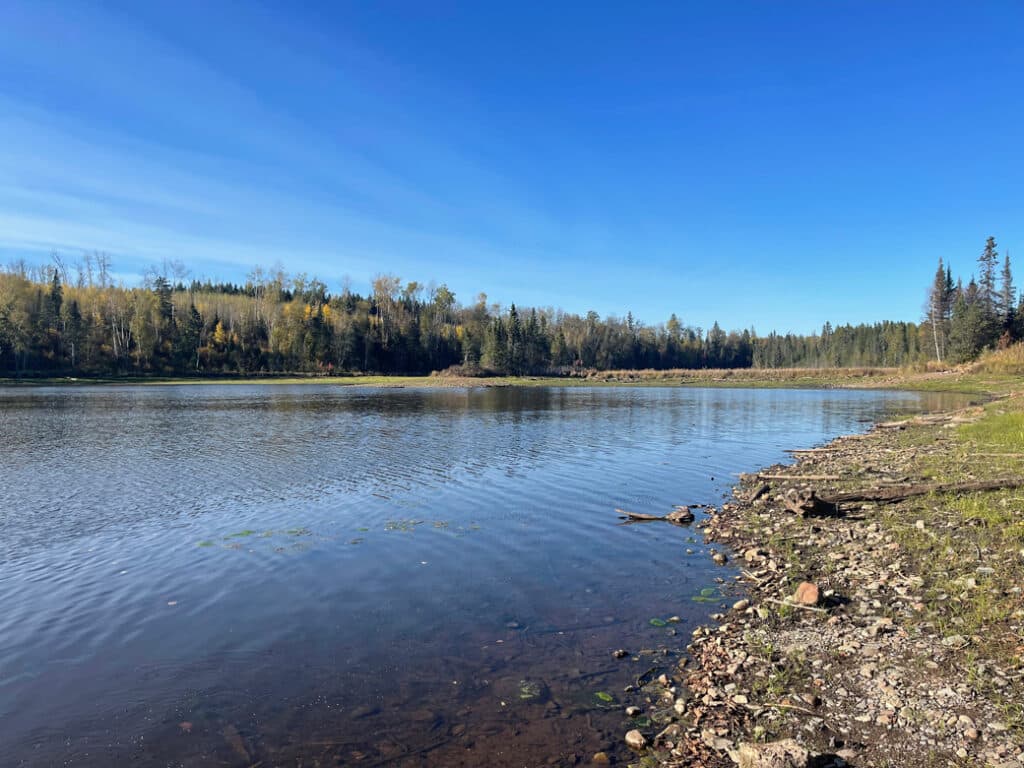
Camping in Northeast Minnesota’s State Forest
If you’re new to Minnesota’s state forests, you’ll want to read Northeast Minnesota’s Best-kept Secret – 5 Fabulous State Forests here on Wilderness News. In that article, I highlight the five main state forests in Minnesota’s Arrowhead region and include plenty of links for you to dive deeper.
Northeast Minnesota’s State Forests offer two types of camping: dispersed camping and camping in developed campgrounds. In this article, I focus on developed campgrounds. Dispersed camping offers another level of solitude and self-sufficiency. And with that, another level of knowledge, rules, and best practices. If you’re interested in learning more about dispersed camping in Minnesota’s state forests, you can start your learning journey here. However, camping in designated sites is always preferred.
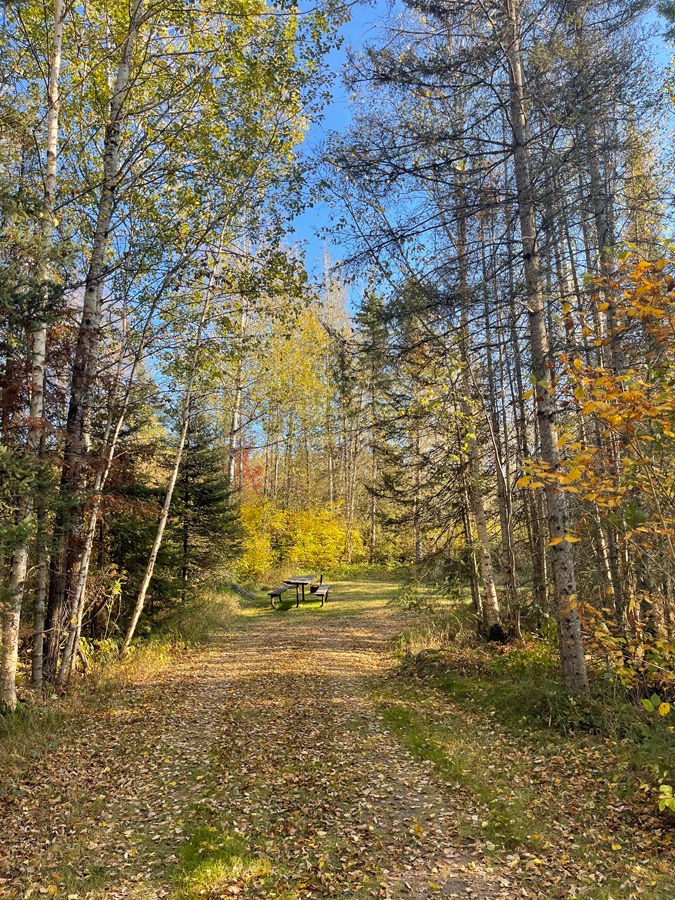
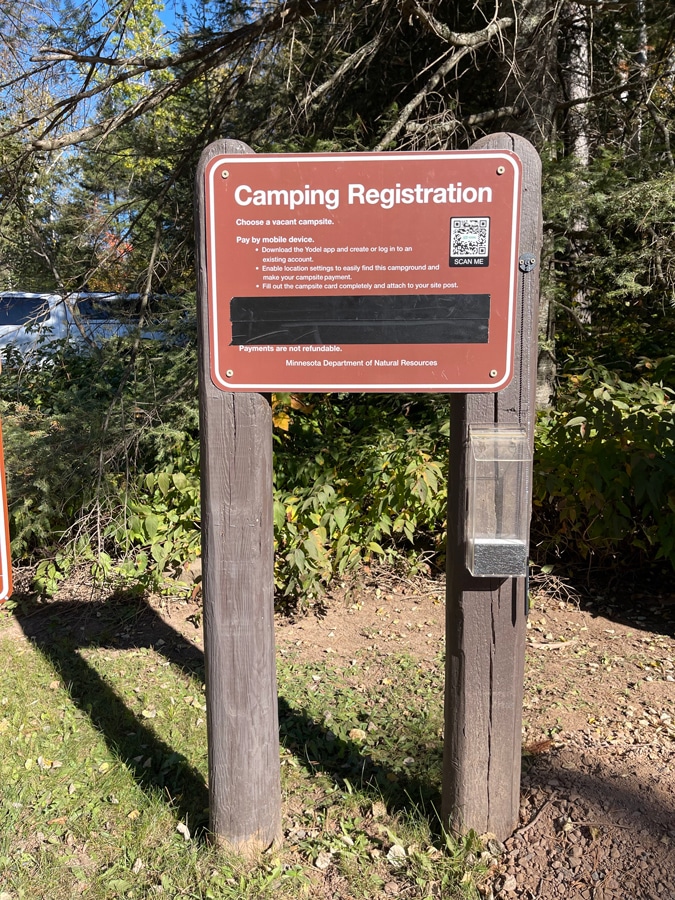
How State Forest Campgrounds Are Different
If you typically camp in state parks or national forest campgrounds, you will find several differences in northeast Minnesota’s State Forest campgrounds. First, all sites are first come first served. No reservations are accepted except for group sites. Personally, this is my preferred way to camp. I appreciate the flexibility of just showing up when there’s a week of unexpected perfect weather. I also enjoy the ability to extend my stay if I’m not ready to head home. And the peace of mind I get from being able to leave if it’s unusually loud or I feel uncomfortable is a bonus.
You won’t find the amenities you’re used to in state parks. There are no flush toilets, no showers, and water must be pumped by hand. I typically bring water in and am always prepared to pack out my trash. You won’t find firewood for sale, so you’ll need to pick some up from a local approved vendor. Never move firewood. You may use dead and downed wood, but it’s important to do so responsibly. We avoid taking it from shorelines and the area near campsites.
Each campsite is furnished with a fire ring and picnic table. Vault toilets are available and remarkably clean. I always travel with toilet paper and hand sanitizer, and there have been times I’ve needed both. Like most campgrounds, there is a stay limit of 14 days during the summer season—May through September. The limit is extended to 21 days during the rest of the year, but you’ll want to ensure the campground is open before heading out. Not all state forest campgrounds are accessible during the off-season. Some state forest campgrounds have seasonal hosts, but it’s best to assume you’ll be on your own. It is quite common, however, to see the local sheriff drive through.
Paying for your campsite is easy and straightforward, provided you have access to the internet. If not, an envelope is provided to send your payment to the DNR (Department of Natural Resources). You’ll find instructions near the campground entrance on how to use the Yodel portal to pay your fees. You can learn more about your payment options here. Although there’s no one on-site to collect your payment, it’s important to pay for each night of your stay to help keep these recreation sites open and maintained. It’s also the right thing to do.
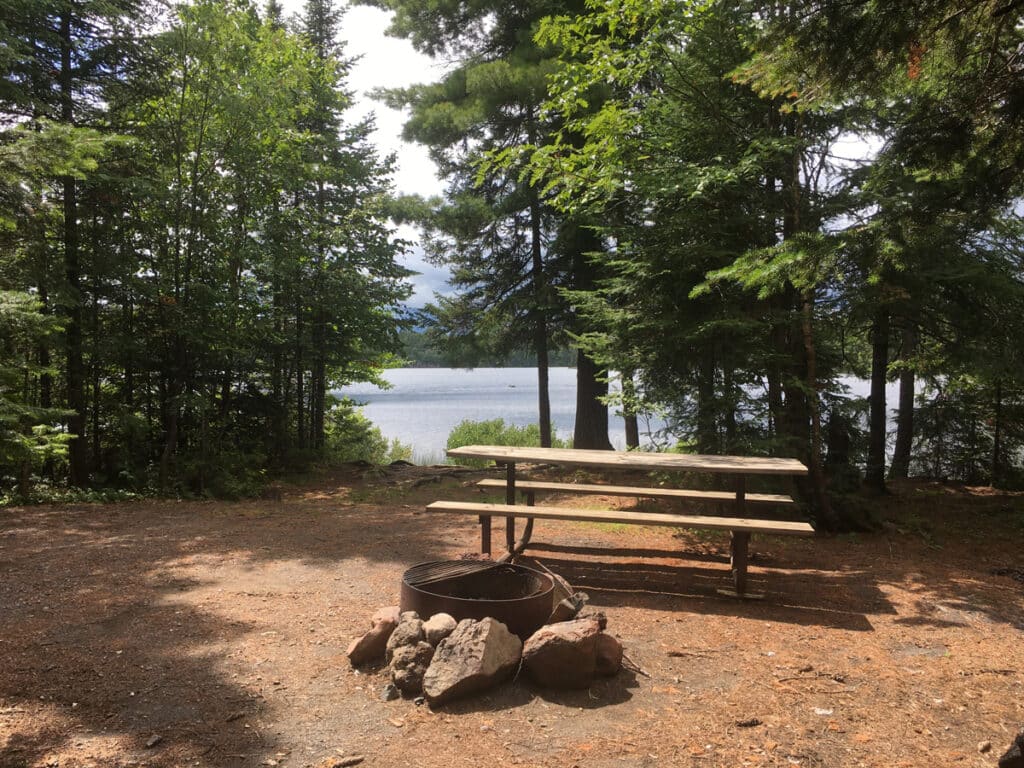
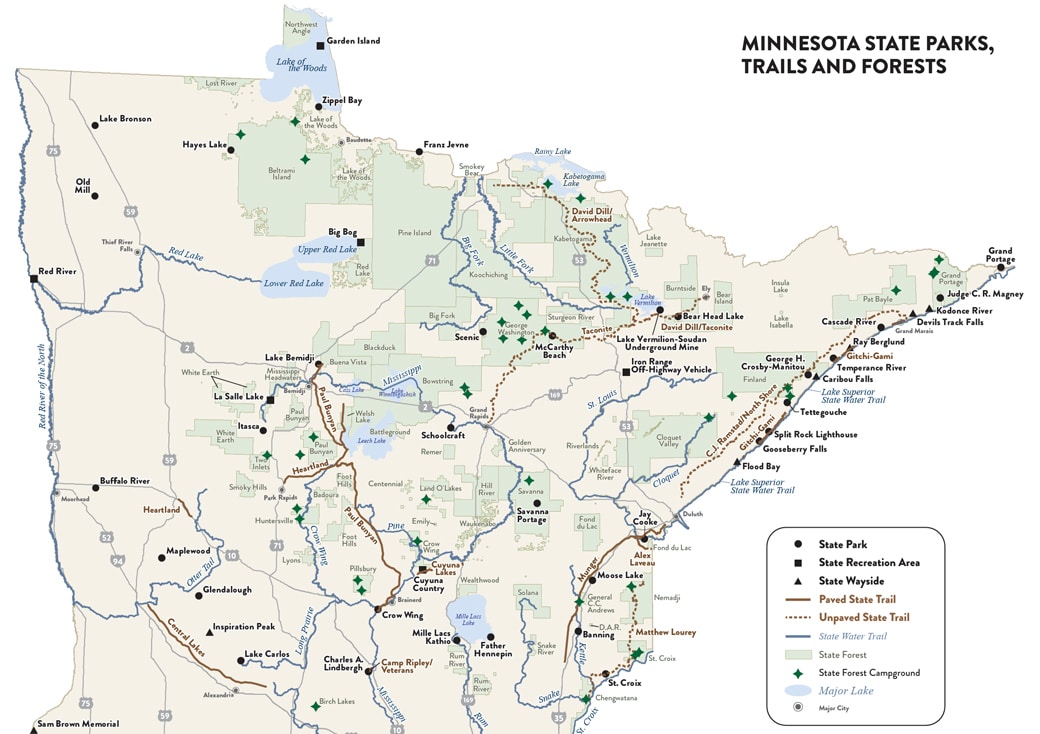
The Best State Forest Campgrounds
In the Northeast Minnesota’s Best-kept Secret – 5 Fabulous State Forests article, I outline the five most developed state forests. Check out this map to see the forest boundaries and campground locations. You will find developed campgrounds in the Kabetogama, Cloquet Valley, and Finland state forests. The campgrounds in the Pat Bayle and Grand Portage state forests are quite small—just a few sites each—and do not have water and trash service. I would only recommend these last two state forests to those who love roughing it and are always up for an adventure.
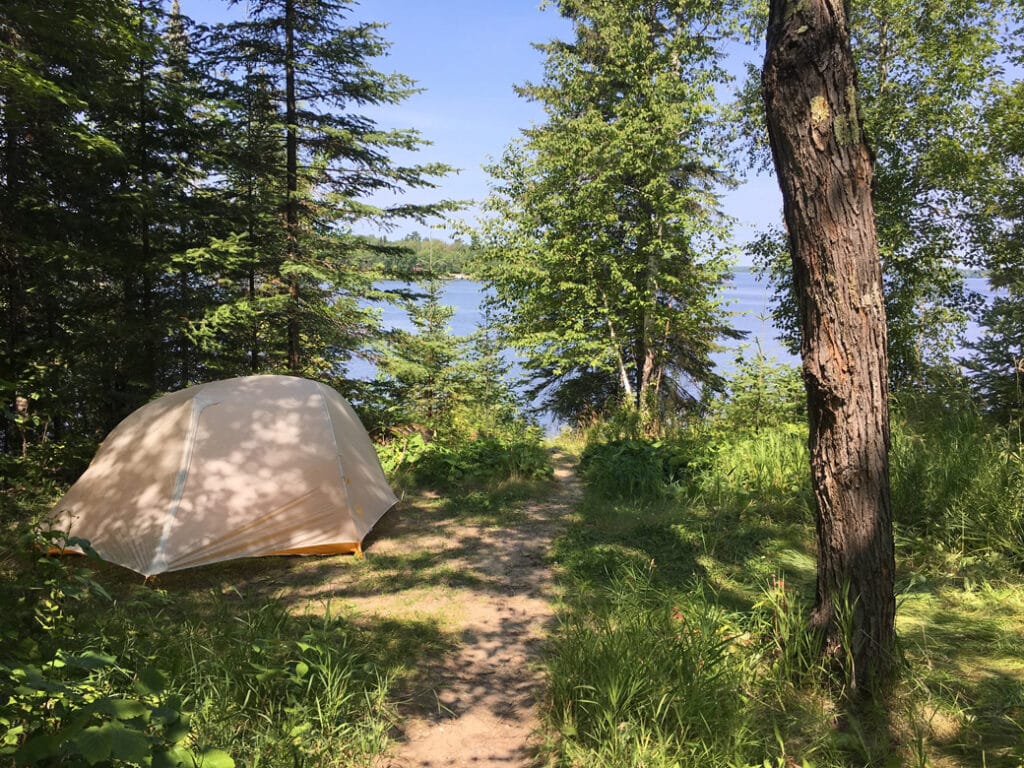
Camping in the Kabetogama State Forest
This is the first Minnesota state forest I camped in and one of my favorites. At more than 620,000 acres, it’s the largest state forest in northeast Minnesota. Bordered by Voyageurs National Park and the Boundary Waters Canoe Area Wilderness (BWCAW), this forest has a vast and remote feel. Boating, fishing, paddling, and hiking are popular activities in the forest.
One of my favorite spots in all of Minnesota is the Woodenfrog Campground and Day-Use Area. Hugging the shore of Kabetogama Lake—a gateway to Voyageurs National Park—the star of the day-use area is a large sandy swimming beach and piney shoreline. It’s an idyllic place to spend a warm summer day picnicking, swimming, paddling, and relaxing.
The campground has 61 campsites, vault toilets, two wells for drinking water, two docks, and a picnic shelter. If you come during the week, you might get lucky and score one of the lakefront campsites. It’s the perfect spot to sip your morning coffee, read a book, and listen to the call of loons. The Kabetogama State Forest has three additional campgrounds; one—Hinsdale Island—is only accessible by boat. You can learn more about the Kabetogama State Forest here.

Indian Lake Campground in the Cloquet Valley State Forest
We enjoyed an extended stay at this campground back in 2021. We were three days into a 12-day BWCAW canoe trip when we were instructed to leave due to the forest service’s decision to close the wilderness due to concern about growing wildfires. That’s a whole story of its own, but four days later, once the chaos subsided, we found ourselves here.
The campground hugs the shore of the small but stunning Indian Lake. Several Campsites—including the walk-in tent-only sites—offer scenic vistas of the lake. There are 25 campsites, drinking water, vault toilets, and a public boat launch. You can learn more about this hidden gem here.

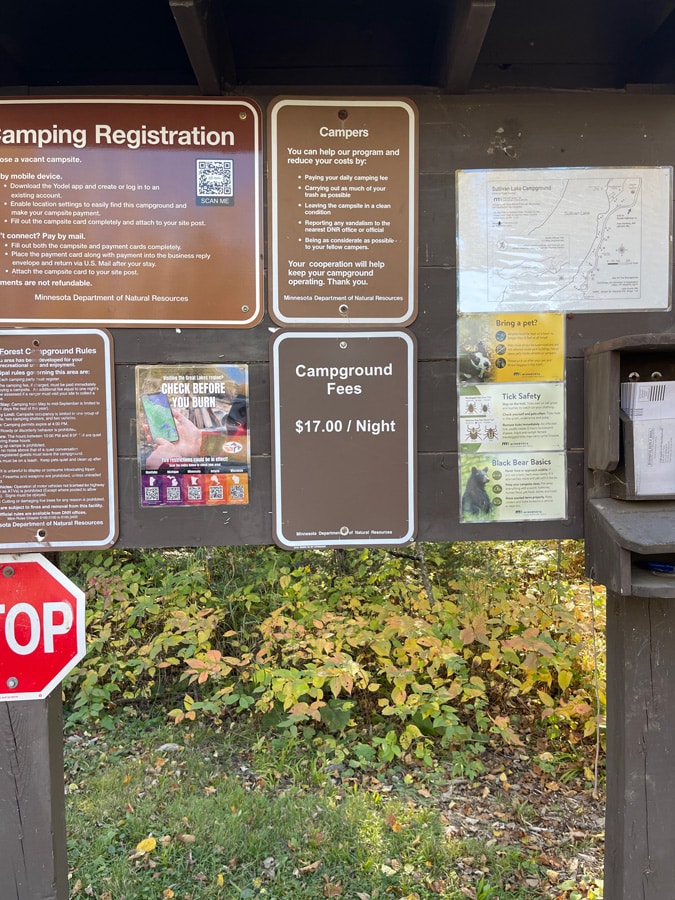
Camping in the Finland State Forest
The Finland area is one of my favorite places—not just in Minnesota, but among all the places I’ve traveled across the globe. From the tiny town of Finland to Tettegouche State Park, George Crosby Manitou, and the Superior Hiking Trail, this is an unforgettable place. And the Finland State Forest is the icing on the Northwoods cake.
The Finland State Forest has three marvelous campgrounds, of which Sullivan Lake is my favorite for its remoteness and solitude. The campground features 11 campsites, several of which have stunning views of Sullivan Lake. You’ll also find clean, accessible vault toilets and a hand hand-pumped well for drinking water. The recreation site also offers a primitive hiking trail and a boat launch. The boat launch, however, is closed at the time of writing due to low lake levels. You can learn more about the Sullivan Lake Campground here. And get to know the Finland State Forest here.
Northeast Minnesota has an abundance of breathtaking campgrounds to explore. But if you’re looking for a bit more quiet, solitude, and roughing it, these state forest campgrounds should not be missed. They’re not only a great place to relax and rejuvenate, but will be easy on your budget too.
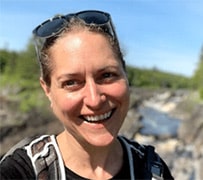
Holly Scherer is a Minnesota-based writer, photographer, outdoorswoman, and guide. She’s most at home in the great outdoors; camping, hiking, paddling, cycling, and gardening. When she’s not on an adventure, she and her husband live in the Twin Cities where they’re fond of saying, “home is where we store our outdoor gear.”

